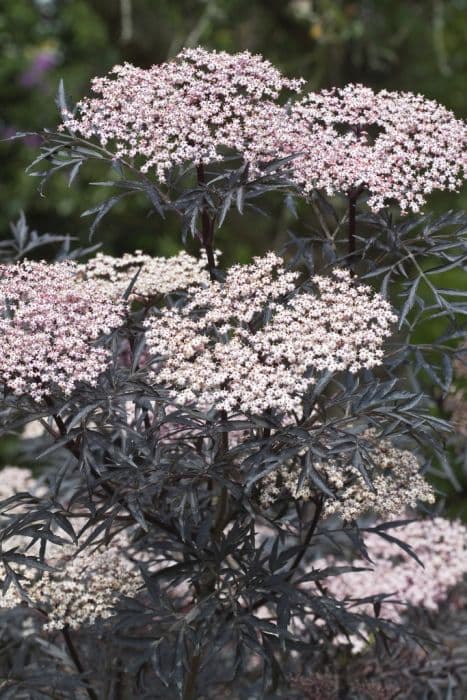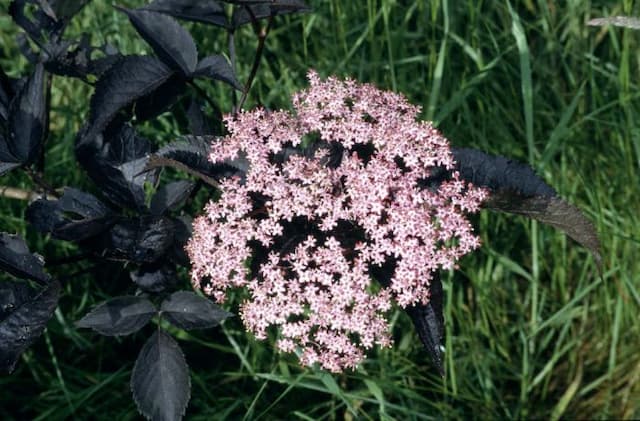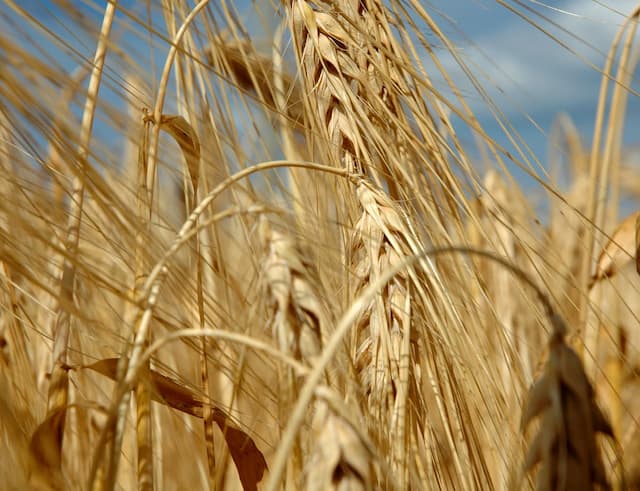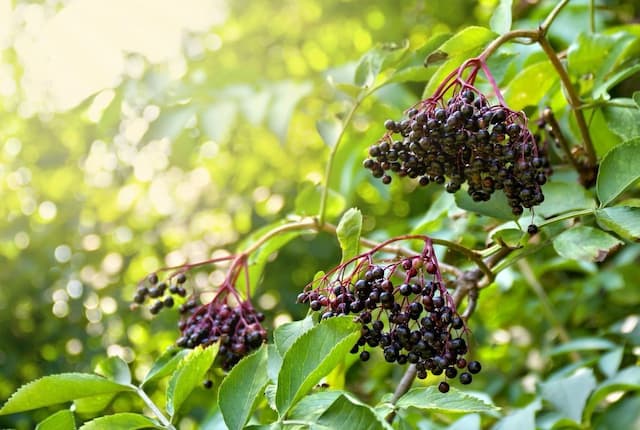Cinnamon-leaved Viburnum Viburnum cinnamomifolium
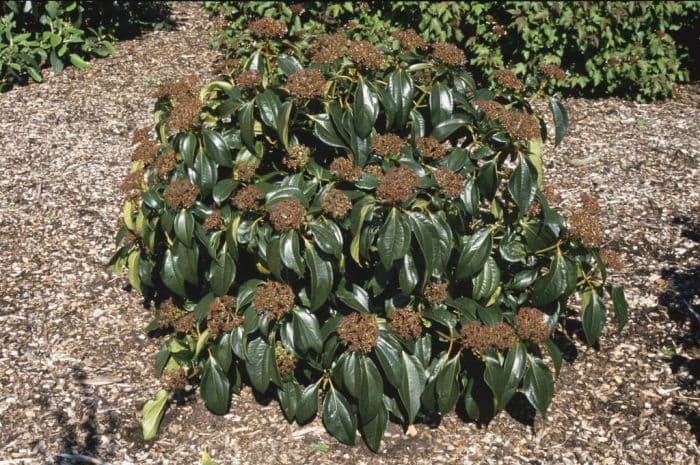
ABOUT
Viburnum cinnamomifolium, commonly known as the Cinnamon Viburnum, is an ornamental plant that is appreciated for its aesthetic appeal in a garden or landscape setting. This plant is characterized by its lush, glossy green foliage which resembles that of a cinnamon tree, hence the common name. The leaves of the Cinnamon Viburnum are broad, with a oblong or oval shape and a finely toothed margin, creating a textured appearance. They typically have a leathery texture and may manifest a subtle sheen, adding to the vibrancy of the plant. When in bloom, the Cinnamon Viburnum produces attractive flowers that cluster together in what are known as cymes. These blossoms are typically small and white, contrasting nicely against the deep green of the foliage. After the flowering period, the plant bears fruit that can range in color from red to black, providing an additional point of interest as the seasons progress. Throughout the year, the Cinnamon Viburnum's foliage may change hues, with some leaves taking on a reddish or purplish tint, particularly in the fall. This adds to the dynamic, multi-season display that the plant provides. The overall form of the Cinnamon Viburnum is naturally rounded and bushy, often used in landscape design for hedges, screens, or as a stand-alone specimen to offer structure and fullness in garden spaces. Its dense growth habit also makes it an excellent choice for privacy or filling in bare areas with rich, green foliage. Despite the prohibition on mentioning size, it's worth noting that the dimensions of the Cinnamon Viburnum contribute significantly to its ability to serve these functions in a garden setting.
About this plant
 Names
NamesFamily
Adoxaceae
Synonyms
Cinnamon-Leaved Viburnum
Common names
Viburnum cinnamomifolium.
 Toxicity
ToxicityTo humans
Viburnum cinnamomifolium, commonly known as Cinnamon Viburnum, is not typically regarded as a poisonous plant to humans. There is limited information on the specific toxicity of this species to humans, but in general, most viburnums are considered to have a low level of toxicity. However, ingesting any part of the plant, especially in large quantities, may cause mild stomach upset, nausea, vomiting, or diarrhea. As with any plant, individual sensitivity can vary, so it is advisable to avoid ingesting parts of this plant and to keep it out of the reach of children who might accidentally consume it.
To pets
Cinnamon Viburnum is not commonly listed as a toxic plant to pets such as dogs and cats. However, pets can sometimes have a sensitivity or allergic reaction to plants that are not typically toxic. If a pet ingests a significant amount of Cinnamon Viburnum, they might experience symptoms similar to those in humans, such as gastrointestinal upset, including vomiting or diarrhea. As a precaution, pet owners should monitor their pets for any signs of distress after ingestion and consult a veterinarian if they suspect their pet is affected.
 Characteristics
CharacteristicsLife cycle
Perennials
Foliage type
Evergreen
Color of leaves
Green
Flower color
White
Height
6-10 feet (1.8-3 meters)
Spread
6-10 feet (1.8-3 meters)
Plant type
Shrub
Hardiness zones
7
Native area
China
Benefits
 General Benefits
General Benefits- Landscape Aesthetics: Viburnum cinnamomifolium, known as the Cinnamon-leaved Viburnum, offers ornamental value to gardens with its glossy, dark-green leaves and attractive form.
- Seasonal Interest: Its white flowers bloom in spring, providing seasonal beauty, and in the fall, the leaves may take on reddish hues.
- Wildlife Habitat: The plant produces berries that are appealing to birds, offering food and encouraging biodiversity within the garden ecosystem.
- Privacy and Screening: Due to its dense growth habit, the Cinnamon-leaved Viburnum can be used as a natural privacy screen or hedge.
- Low Maintenance: Once established, this species of Viburnum is relatively low maintenance, requiring minimal pruning and care.
- Drought Tolerance: It exhibits a degree of drought tolerance, making it suitable for planting in regions with occasional water scarcity.
- Soil Adaptability: The Cinnamon-leaved Viburnum can adapt to a variety of soil types, though it prefers well-draining conditions.
- Pest Resistance: The plant has some resistance to common garden pests, reducing the need for chemical interventions.
 Medical Properties
Medical Properties- This plant is not used for medical purposes.
 Air-purifying Qualities
Air-purifying QualitiesThis plant is not specifically known for air purifying qualities.
 Other Uses
Other Uses- Viburnum Cinnamomifolium can be used in landscape gardening not only for its ornamental value but for creating privacy screens due to its dense foliage.
- Its wood, being hard and durable, could potentially be used for small carving or woodworking projects by artisans or hobbyists.
- The plant can act as a host for butterfly larvae, supporting biodiversity and aiding in butterfly conservation efforts.
- Leaves of Viburnum Cinnamomifolium could be used in creating natural dyes for fabrics or art projects, though experimentation would be needed to establish the color and permanence.
- The dense branching pattern can provide natural shelter for small wildlife, such as birds, which might use the shrubbery as nesting sites.
- Rustic furniture makers might utilize the branches and twigs for creating decorative pieces or as structural elements in their designs.
- Fallen leaves can be collected and used as a natural mulch, helping to retain soil moisture and suppress weeds in gardens.
- The flowers can be used to provide a natural, subtle fragrance in homes or at events when cut and placed in water.
- During winter, the evergreen leaves of Viburnum Cinnamomifolium can be employed in holiday decorations and wreaths.
- The berries, while not for human consumption, can be left on the plant to provide a food source for birds throughout the cold season.
Interesting Facts
 Feng Shui
Feng ShuiThe Cinnamon Viburnum is not used in Feng Shui practice.
 Zodiac Sign Compitability
Zodiac Sign CompitabilityThe Cinnamon Viburnum is not used in astrology practice.
 Plant Symbolism
Plant Symbolism- Protection: Many species of Viburnum, including Viburnum cinnamomifolium, have been used in different cultures to symbolize protection due to their dense growth which can act as a natural barrier.
- Renaissance: The lush foliage and the rejuvenation of its leaves may symbolize renewal or rebirth, reflecting nature's cycle of regeneration.
- Abundance: The abundant clusters of berries that many Viburnum species produce can symbolize prosperity and abundance.
 Water
WaterThe Cinnamon-leaf Viburnum needs consistent moisture, and it should be watered deeply once a week, allowing the soil to dry slightly between waterings. In terms of quantity, one to two gallons of water per week should suffice for a newly planted shrub, depending on the climate and soil drainage. During hot, dry spells, watering may need to be increased to twice a week. However, be careful not to overwater as this plant is sensitive to waterlogged conditions. During the winter months, when the plant is dormant, reduce watering frequency.
 Light
LightThe Cinnamon-leaf Viburnum prefers partial shade to full sun. A location that offers morning sunlight and protection from the intense heat of the afternoon sun is ideal. This plant can also adapt to full sun conditions if it is not too extreme and adequate moisture is provided, but the foliage may appear at its best when given some shade during the hottest part of the day.
 Temperature
TemperatureThe Cinnamon-leaf Viburnum thrives in a temperature range between 30 and 80 degrees Fahrenheit. It can endure temperatures down to around 10 degrees Fahrenheit, but cold extremes can damage the plant. Ideal growing conditions are those that avoid the extremes of heat or chill, with a preference for temperate climates.
 Pruning
PruningPruning the Cinnamon-leaf Viburnum is necessary to maintain its shape, remove any dead or diseased wood, and encourage a robust structure. The best time to prune is late winter to early spring, just before the onset of new growth. Thinning out the oldest branches every few years will keep the plant vigorous. Light pruning can be done after flowering to keep the plant neat.
 Cleaning
CleaningAs needed
 Soil
SoilCinnamomum-leaved Viburnum thrives best in moist, well-drained soil with a slightly acidic to neutral pH, ideally ranging from 5.5 to 7.0. A soil mix containing equal parts of garden soil, peat, and perlite or coarse sand will provide good drainage and aeration, mimicking its natural growing conditions.
 Repotting
RepottingCinnamomum-leaved Viburnum does not require frequent repotting and should be repotted every 3 to 5 years. Younger plants may benefit from annual repotting if they are growing rapidly, but mature plants can be left undisturbed unless they outgrow their containers.
 Humidity & Misting
Humidity & MistingCinnamomum-leaved Viburnum prefers moderate to high humidity levels, ideally around 40-60%. It can tolerate lower humidity, but consistent humidity closer to this range will promote healthier foliage and more robust growth.
 Suitable locations
Suitable locationsIndoor
Place in bright indirect light, water regularly, and ensure good air circulation.
Outdoor
Plant in partial shade, shelter mulched, and protect from harsh winds.
Hardiness zone
7-9 USDA
 Life cycle
Life cycleViburnum cinnamomifolium, commonly known as Cinnamon-leaved Viburnum, begins its life cycle as a seed which germinates in moist, well-draining soil in spring. The seedling develops into a young plant with a strong root system and a set of true leaves, enabling photosynthesis and further growth. As the plant matures, it forms a woody stem and branches with characteristic cinnamon-colored foliage, entering a vegetative state where it grows steadily in size and form. Upon reaching maturity, after a few years, Cinnamon-leaved Viburnum produces clusters of small, white to light pink flowers in spring or early summer which are pollinated by insects. Following successful pollination, these flowers give way to small fruit, typically red to black berries, which serve as a food source for wildlife and lead to seed dispersal. The plant then enters a period of dormancy during the colder months before resuming growth in the following spring, completing one full life cycle and beginning the next.
 Propogation
PropogationPropogation time
Spring-Early Summer
The most popular method of propagating Viburnum cinnamomifolium, commonly known as Cinnamon Viburnum, is through semi-hardwood cuttings. This is usually done during the late summer months. To propagate, one should select a healthy branch and cut a portion that is 4 to 6 inches long (10 to 15 cm) with several leaves. The lower leaves are removed, and the cut end is dipped in a rooting hormone powder to stimulate root growth. This cutting is then inserted into a mixture of half perlite and half peat to ensure good drainage and moisture retention. The container with the cutting should be kept in a warm, humid environment, but out of direct sunlight, until roots have developed, which typically takes a few weeks. Once the cutting has rooted, it can be transplanted into a larger pot or directly into the garden.
